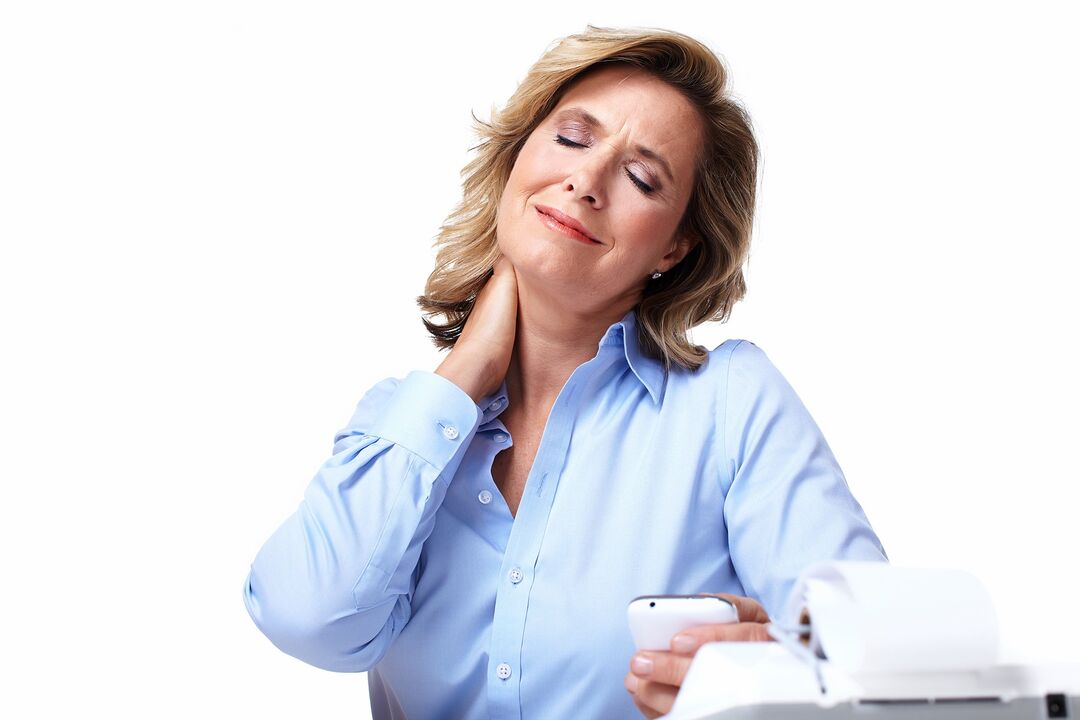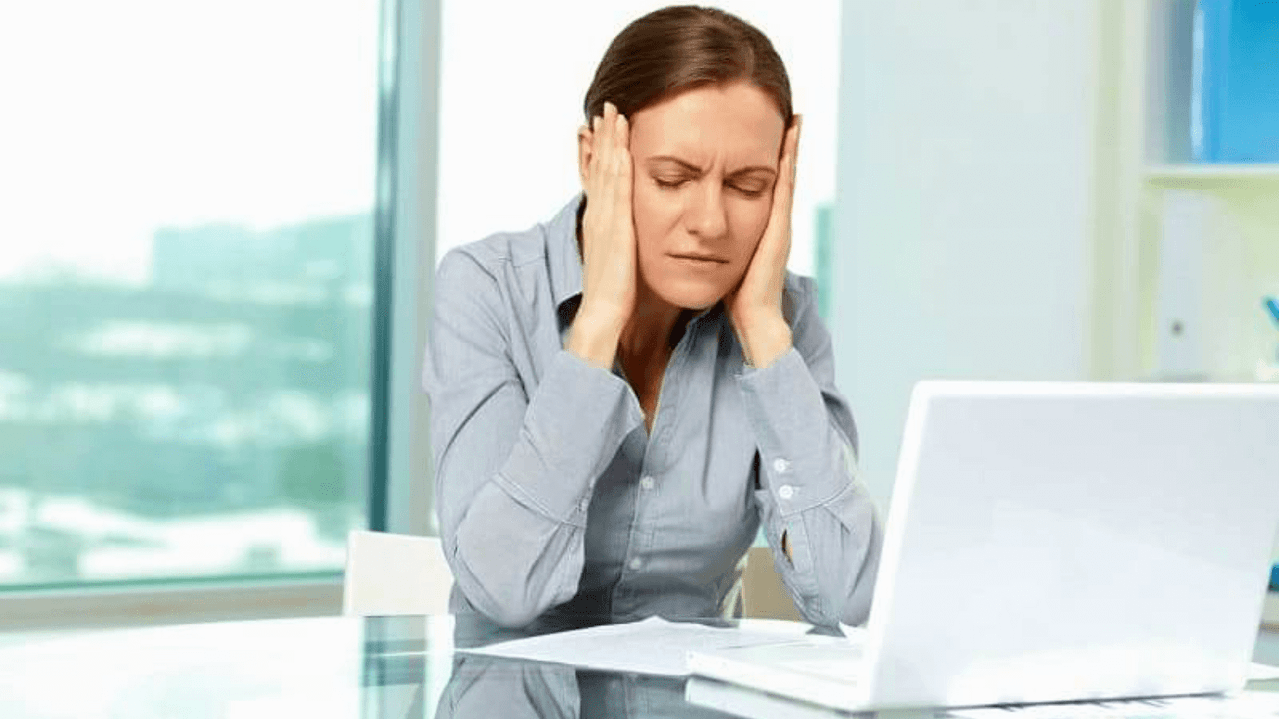Osteoma is a disease that destroys the discs and joints of the spine. Of the 5 parts of the spine, anyone can get the disease, but the signs and symptoms of cervical spondylosis bring the patient the most problems. This is due to the large number of nerve fibers and terminals, as well as the blood vessels supplying the brain, passing through the neck.

This area of the spine is the most mobile. It is thanks to the neck that a person is able to turn and tilt his head. The constant load to the cervical region contributes to degenerative changes in its structure and the development of osteonecrosis.
Who is affected by the disease?
Usually, the disease develops and begins to manifest after twenty-five to thirty years because a person is forced to stay for a long time in a static and uncomfortable position. First of all, it affects office workers, drivers, and equipment operators. Often the disease manifests itself in athletes as a result of training or, conversely, when they stop exercising suddenly.

The main causes of osteosarcoma in the cervical and thoracic spine are poor posture, sedentary lifestyle, genetics, improperly organized workplace or uncomfortable bed. Lifting weights also contributes to the occurrence of this disease, as there may be microtraumas in the process, which contribute to dystrophic changes in the cartilage and bone tissues of the spine.
Developmental stages of spinal osteonecrosis
- New discs begin to collapse, losing moisture and elasticity. This process can take quite a while. The period is characterized by instability.
- It is characterized by protrusion (bulge) of the discs. The disc spaces are reduced due to the destruction of the annulus of the disc and the reduced height of the disc. Because the nerve roots are compressed by the approaching vertebrae and the discs bulge outward, pain may occur.
- There is complete destruction of the annulus, and consequent formation of disc herniations. The spine is significantly deformed.
- This stage is the most difficult because the pain occurs with almost every movement. Growing bones appear, they connect the vertebrae, limiting mobility. Such growth can cause disability.
Distinguishing signs of cervical osteonecrosis
The blood vessels that feed the brain are mainly located in the human neck, so many signs of the disease are related to impaired blood circulation to the brain.

- So, here are the signs of cervical spondylosis, which you need to pay attention to, you need to see a doctor:
- severe, persistent pain in the neck and head, extending to the eyes and ears;
- pain in the arm, which gets worse with any effort;
- difficulty in movements of the fingers and hands, violation of their sensitivity;
- neck strain;
- when turning and tilting the head, there is pain in the neck;
- the appearance of sharp pains in the neck and neck;
- the appearance of dizziness when turning the head (even before fainting), tinnitus;
- numbness of the tongue, blurred vision and hearing;
- pain in the heart, which is not cured by the appropriate medications;
- nausea, unstable blood pressure;
- sore throat, swallowing disorder;
- feel short of breath.
Symptoms of the disease
Manifestations of symptoms of cervical spondylosis may be related to the malfunction of the following organs and systems in the patient's body:
- compress and break the spinal cord in the spinal canal. Such symptoms are rare and may appear only in very severe cases;
- changes in the peripheral nervous system, which are caused by compression of the nerve roots adjacent to the affected vertebrae;
- violation of the blood supply to the brain.
When diagnosing this disease, the doctor pays attention to the presence of a number of symptoms. Their appearance depends on which part of the spine the disease captures.
Cardiac syndrome in cervical spine osteonecrosis
The signs of cardiac syndrome in osteonecrosis are similar to those of angina, this is due to irritation of the roots of the main pectoral muscle or phrenic nerve. The pain can last up to several hours, and when sneezing, turning sharply, the cough becomes stronger.
Tachycardia and extrasystoles may be present, which do not go away with the use of appropriate medications, and the electrocardiogram does not show any abnormalities.
Stimulus reflex syndrome
This group of syndromes is characterized by sharp pain in the neck, which is aggravated by movement, coughing, turning the head and sneezing. It may radiate to the shoulder or chest.
lens syndrome
This syndrome manifests when the cervical nerve is compressed. It is characterized by pain that radiates from the neck down the shoulder blades and forearms to the fingers. Numbness and goosebumps may appear in the back of the head, neck, shoulders, and hands.
vertebral artery syndrome
This syndrome, caused by compression of the vertebral artery responsible for blood supply to the brain, is characterized by the appearance of a throbbing or throbbing headache, which radiates to the back of the head, forehead and temples. Perhaps the appearance of nausea, disorientation, the appearance of hearing disturbances, impaired vision, fainting.
A person who notices the appearance of the above signs of fibroids should immediately consult a doctor.
It must be remembered that treatment started at an early stage of the disease is most effective. It will help end the disease and continue to have a fulfilling life.
Today, medicine offers different methods of dealing with osteonecrosis, allowing you to slow or stop the destruction of the spine and give the patient a long life without pain. .
Proper nutrition, an active lifestyle, regular exercise, exercise, and stretching will help you no longer remember a problem like cervical spondylosis in the future.














































